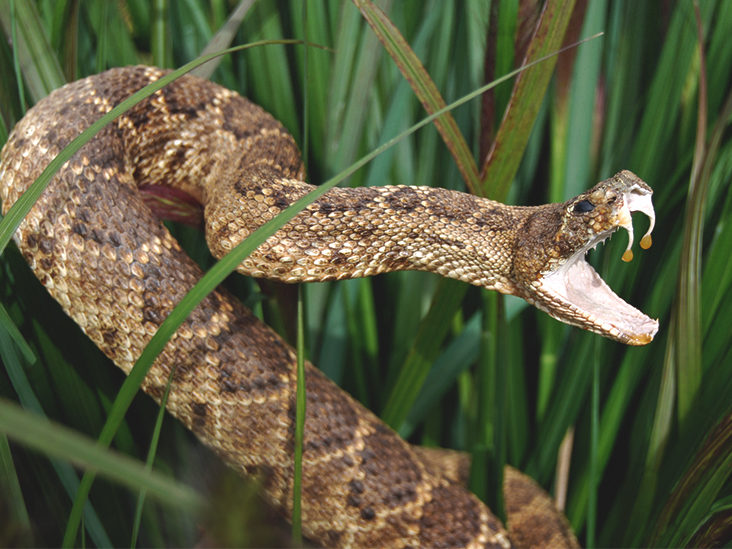Antivenoms are purified antibodies against venoms or venom components. Antivenoms are produced from antibodies made by animals to injected venoms. Antivenom is the only definitive treatment for effective bites by venomous Australian snakes. Prior to the availability of antivenom, death ensued in approximately 45% of tiger snake envenomations and more than 90% of taipan envenomations. The decision to use antivenom should be based on the patient's history, examination and pathologic findings, and the type of antivenom used will depend on geographic, clinical and pathologic factors.
 Shop Instrument
Shop Instrument, But the best Instruments
Shop Instrument
Shop Instrument, But the best Instruments
Treating bee and wasp stings depends on their severity. The majority of problems that require medical attention come from an allergic reaction to the sting. In most cases, complications from that reaction respond well to medications -- when given in time.
The most familiar sting is from honeybees, but some wasps and other insects can also sting. Yellow jacket wasps are the most common cause of allergic reactions to insect stings in the United States. The bee’s stinging apparatus consists of a sac of venom attached to a barbed stinger. When a bee or wasp stings, the sac contracts, pumping venom into the tissue. Wasps are more aggressive than bees, and they may sting you multiple times, resulting in more swelling and pain.
As the weather warms up, serpents will start to slither out of their winter hideouts and, inevitably, cross paths with humans. Such encounters may end in a trip to the emergency room.
“Throughout the spring and summer months, the numbers (of snakebite-related ER visits) double, triple, maybe even more than that,” says Diane Calello, MD, an associate professor of emergency medicine at Rutgers New Jersey Medical School in Newark. “It’s certainly a warm-weather phenomenon.”




